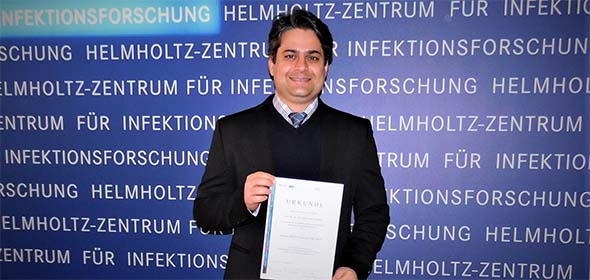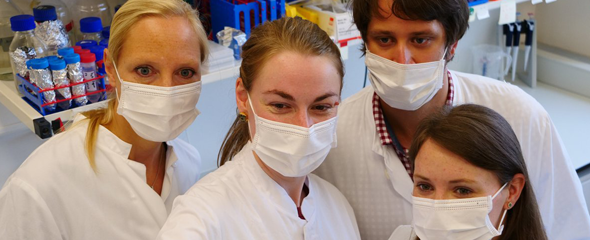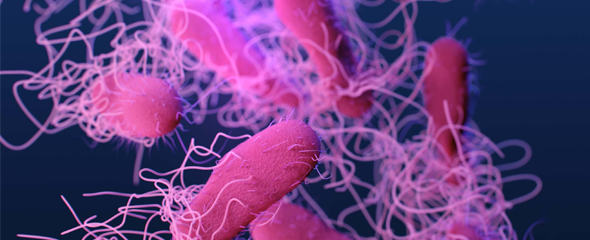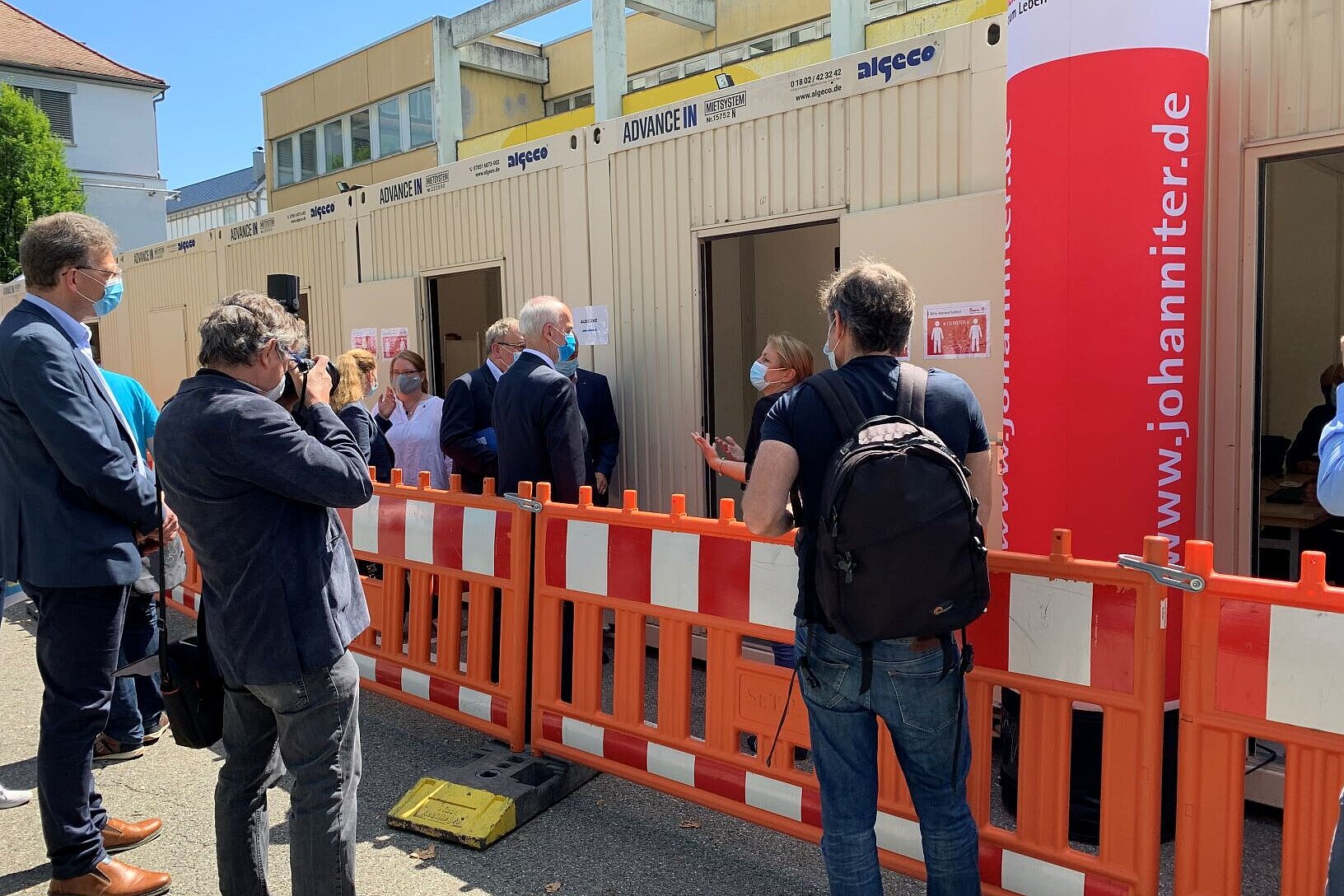Newsroom






HZI in the media
22.12.2025
|
Research Information
19.12.2025
|
healthcare-in-europe.com
18.12.2025
|
Bionity.COM
16.12.2025
|
MedMedia
12.12.2025
|
The Hindu
12.12.2025
|
Bionity.COM
12.12.2025
|
EUROPE SAYS
12.12.2025
|
The New Indian Express
12.12.2025
|
BIOspektrum
11.12.2025
|
Technology Networks
10.12.2025
|
European Research Council
